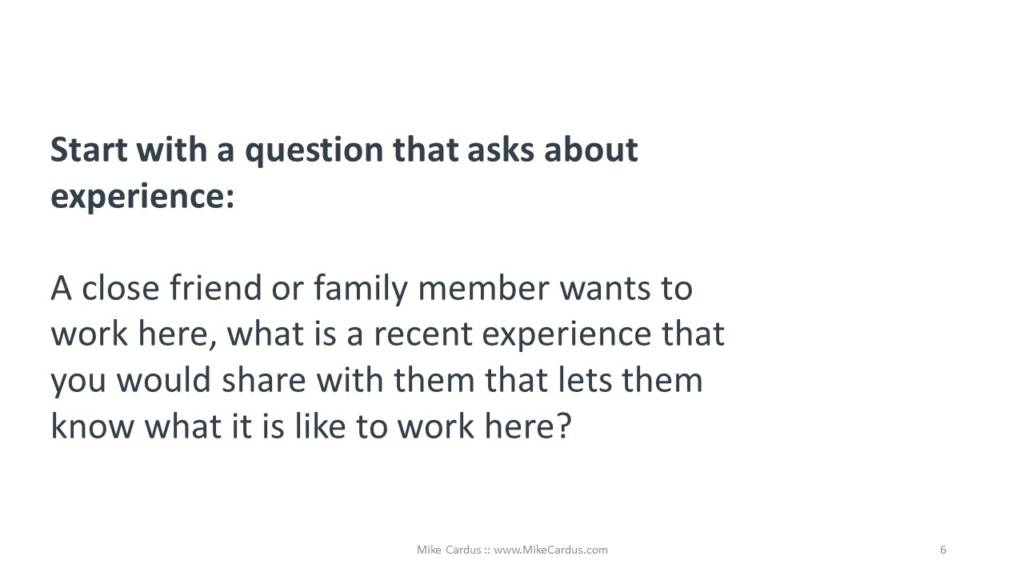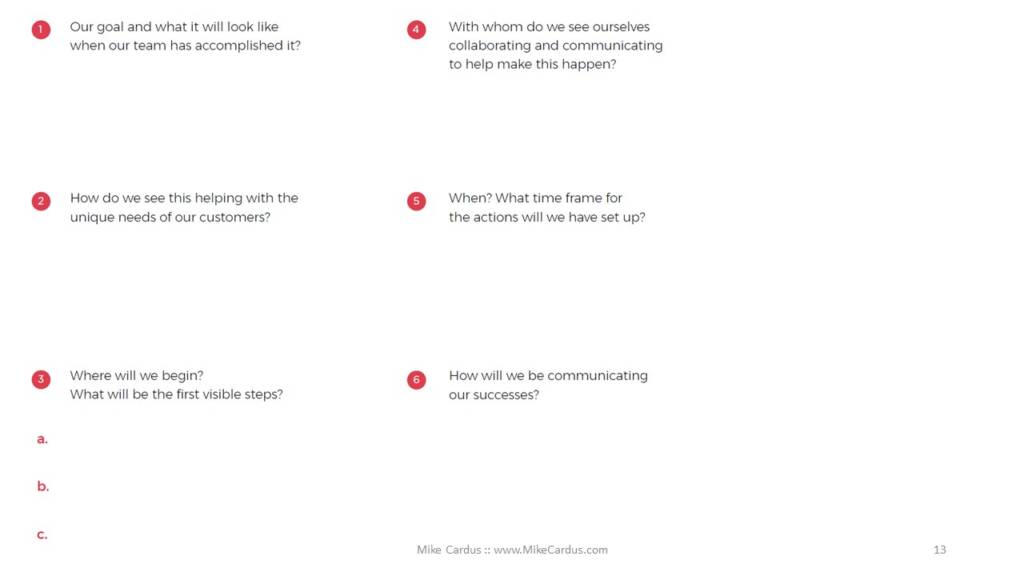Employee Experience – what is and how to measure it
Arbeit Software invited me to discuss employee experience on their Connect & Conquer video series.

What did we talk about?
You want to ask those non-hypothetical questions: ‘What is your experience in your own words? People need agency over their experiences, which is how you create coherence to improve the happiness, innovation, and retention of talent.’
- How too many employee experience surveys without change can lead to survey fatigue and burnout
- How to ask the right questions to gauge experience and categorize responses in a meaningful way
- How capturing the real experience of your employees can reduce turnover and improve engagement!

So-what can I do with employee experience data?
There are several useful things that employee experience data can do as you gather it and then determine how to best use it.
Below are two word clouds; one shows positive employee experiences, the other shows negative employee experiences.
When you have received enough responses to your non-hypothetical employee experience question, you can get a group of people together and walk through something like the following.
Employee Experience data into progress-steps
Pattern finding
- Share the positive and negative tonality word clouds.
- Ask people to silently write down what trends they notice on post-its … one color for positive, another for negative.
- Place all the post-its in groups in a place for everyone to see.
- Ask people to look and discuss – what they notice, what surprised them, what reaffirmed them, what scared them.
- Take some notes, listen, and ask people to hold their notes.
Sense-making and agency
Print all of the employee experiences, just as people responded, and have them where they can be read, touched, and discussed.
I like to use the two triads above.
- Ask people to read through the employee experiences.
- Maybe ask them to take some time and make them into similar clusters of groups with shared experiences or focus.
- Have one of the triads shown above drawn on the wall or a table – somewhere that all people can see it and most can stand close and talk to each other.
- Ask people to place or tape the experiences on the triad where they are appropriate.
- Ask the group to take a break, step back, and look at the triad. Look for patterns and outliers.
- Invite them to talk to someone close by about what they are noticing in the patterns and outliers; Invite the whole group to discuss what they see in the patterns and outliers.
Now-what do I do with employee experience patterns and sense-making?
You have been very light in your facilitation and questions up to this point. The group is making sense of the data. They are building resilient progress-steps to reinforce patterns and create new ways for employees to experience the workplace.
A way to conclude might be;
- Ask, from the patterns and discussions, what experiences and examples can we amplify or do more of? How can we make that happen? What will that look like? How will others notice?
- Ask, from the patterns and discussions, what experiences and examples can we dampen or do less of? How can we make that happen? What will that look like? How will others notice?
- Write out and speak about the increase and decrease areas.
- For the areas that the team feels they can put into place with relative ease, ask them to work on the planning questions below.

Employee experience is easy to gather, relatively easy to make sense of, and understand what can be increased or decreased to improve the overall experiences. The challenging part is asking and listening, then doing something with responses.





